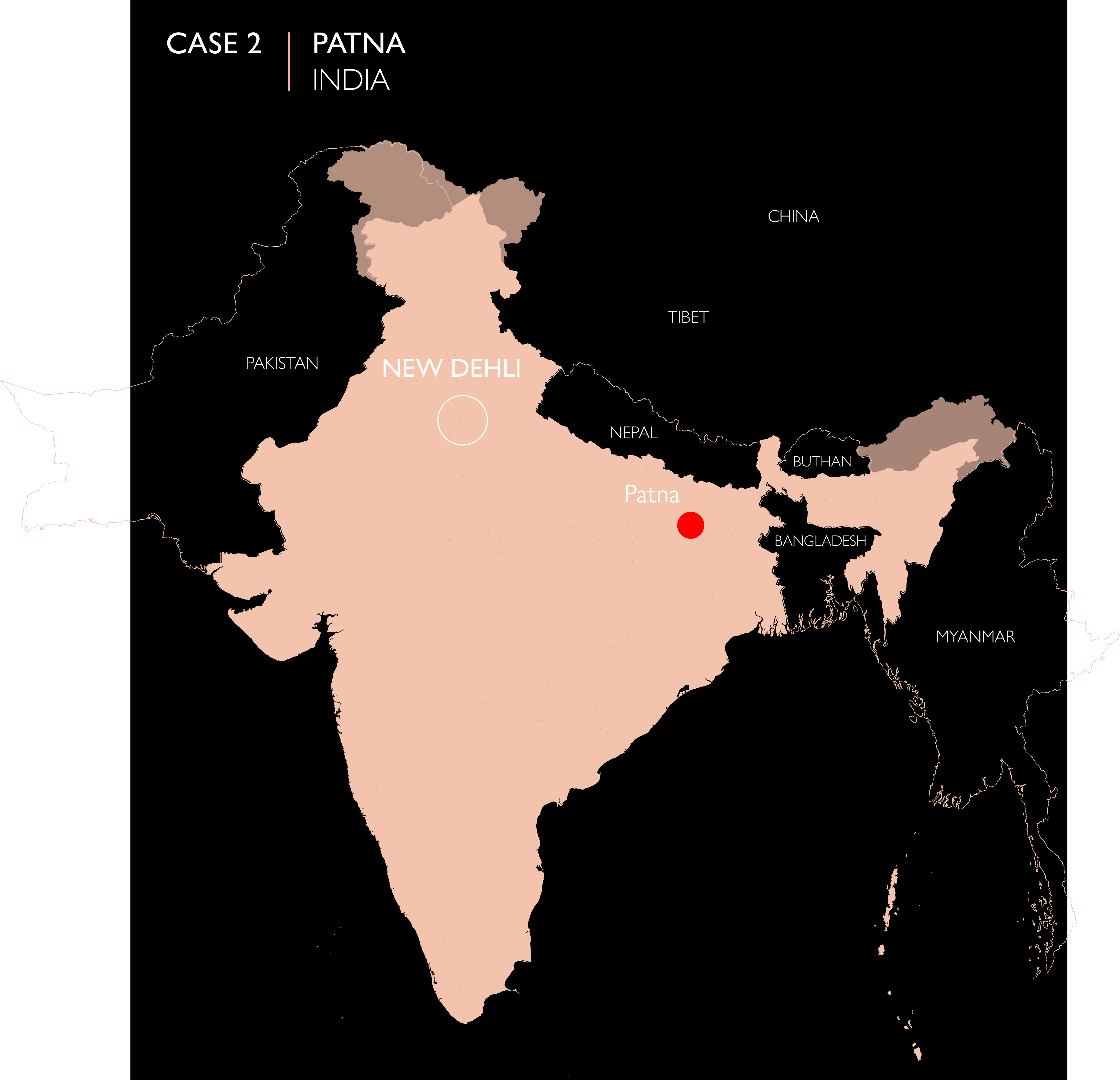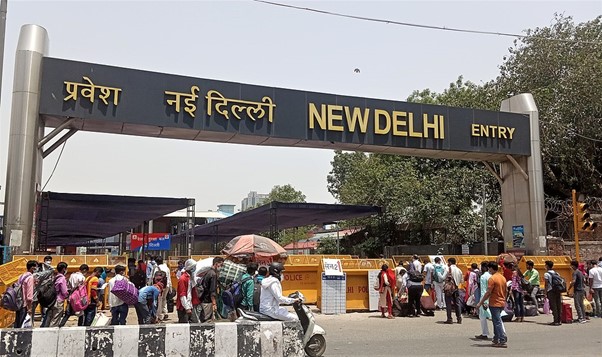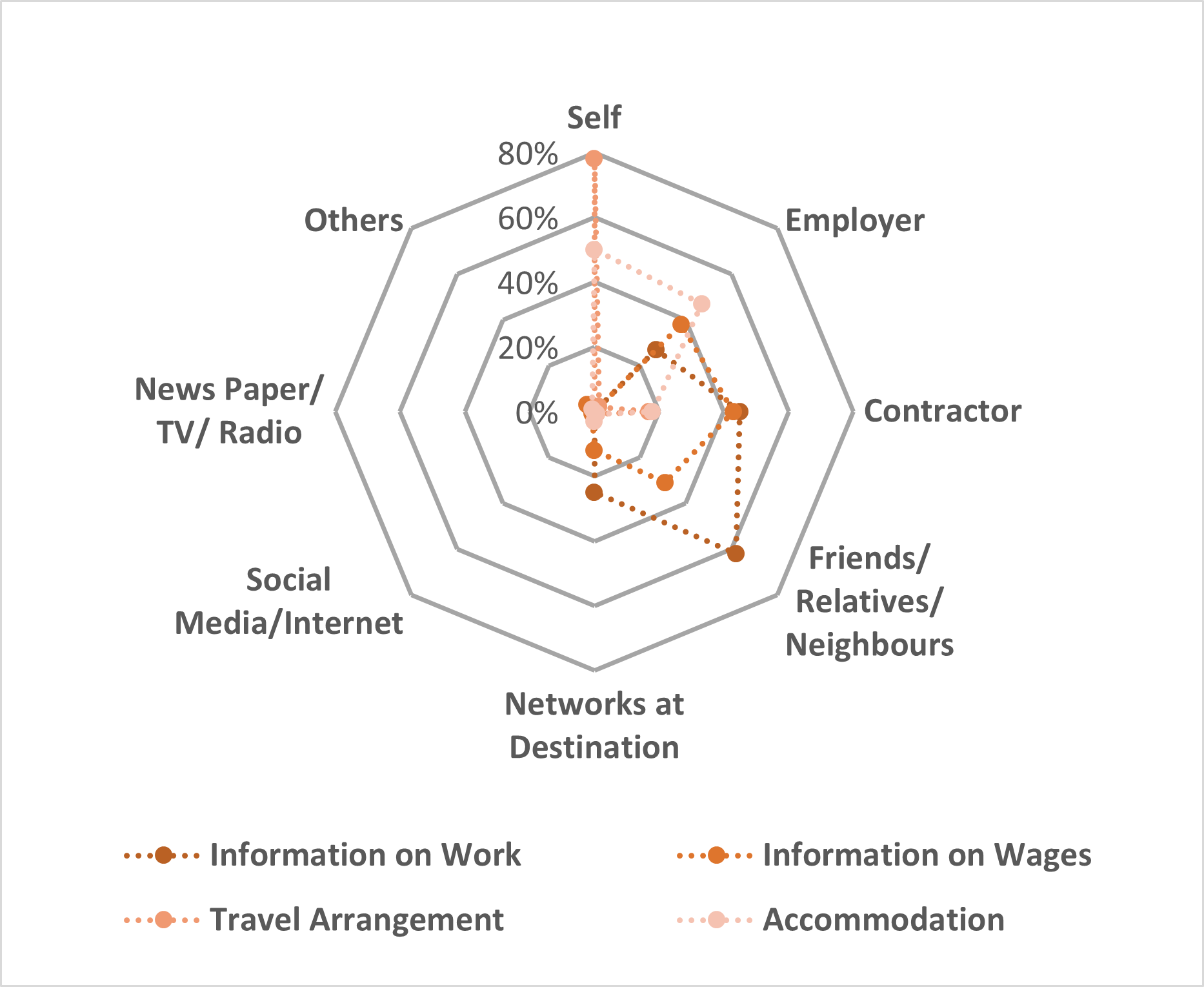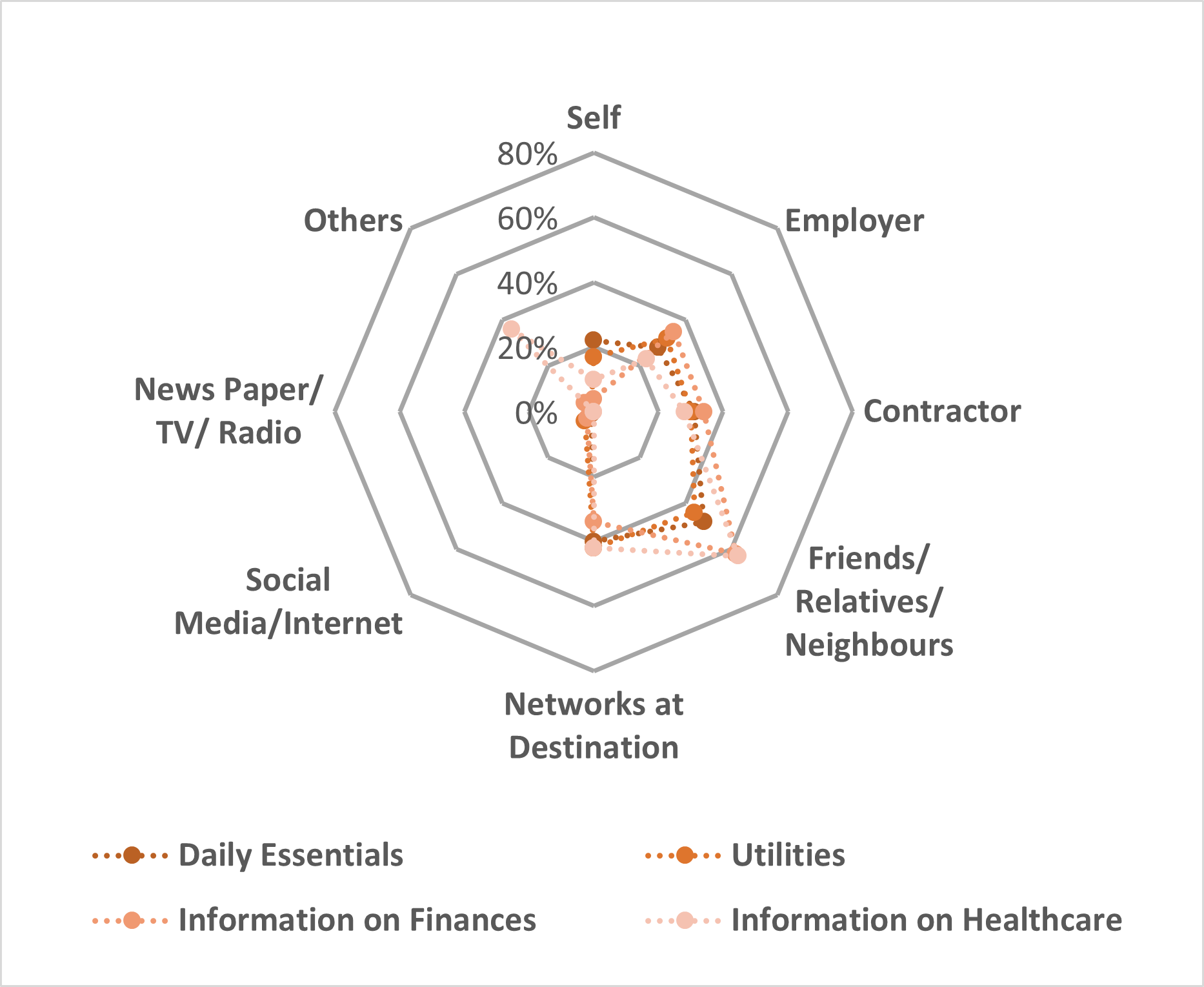
Rajesh Kumar is a resident of Muzaffarpur district of Bihar, a state in the eastern part of India, around 1000 km from the national capital of Delhi. In March of 2020, just before the national lockdown was announced in India, he was working as a mechanic in the Noida in the state of Uttar Pradesh, a part of India’s national capital region, in the north of the country. After the television news channels announced the lockdown measures on the evening of 24th March 2020, Rajesh found himself without a job and without an opportunity to return home. However, Rajesh is just one of the millions of migrant workers who were stranded and without a job when the lockdown was announced to curb the spread of COVID-19 in India.
While nationwide lockdown measures have been implemented by most countries across the world to combat the pandemic, the Indian government’s measures were categorised as one of the strictest containment measures by the COVID-19 Government Response Tracker developed by the University of Oxford, with a Stringency Index score of 100 out of 100. All state and private offices, educational institutes, shops and establishments were asked to close for 3 weeks starting from 25th March 2020. There was a complete restriction on mobility with all road, rail, air and water transportation facilities being suspended. However, there existed exceptions for security personnel, healthcare facilities, media, petrol pumps, banks, telecom facilities, and manufacturing and sale of essential goods like groceries, medicines and health equipment.
With the onset of the nationwide lockdown, the cracks of the Indian economic set up, built on the mantle of informal and migrant workers, soon started to show. Daily wage workers lost their jobs, many industrial establishments suddenly laid off their staff. With no possibility of having a livelihood in the big cities and towns, millions of migrant workers started to make their journey back to their native villages or towns, sometimes on foot. The loss of income and livelihood had considerable impacts on the consumption patterns of India’s urban poor, but these were not the only difficulties they faced. The rapid way in which the crisis and ensuing policies evolved left these workers at a loss of information.

Stranded migrant workers in front of the New Delhi Railway Station during the lockdown. Credit: Sumita Roy Dutta/CC BY-SA 4.0.
Mass media like television and radio as well as social media introduced the lockdown to the whole country, including the migrant workers. Even before the national lockdown was announced, panic had struck among migrant workers across the country as different state governments had already started restricting movements and closed offices and other establishments. News of migrant workers converging in inter-state bus terminals in thousands spread like wildfire on social and mass media. Images and videos of migrant workers with their families including children, either stranded on highways or trying to return home on foot, was a haunting reality. People who had gone out to buy groceries and street vendors who were selling them were being beaten up by law enforcement agencies for violating containment norms. Such news affected the psychology of the people, as it signalled distress among the public.
ActionAid Association has taken up a study to see how migrant workers in India access information on work, wages, housing, daily essentials and social security among others in general and how the pandemic has had an impact on this access. It is part of a transnational project titled, “Social Media and the Crisis of Urban Inequality: transnational analyses of Humanitarian Responses Across the Middle East, South Asia and Africa” supported by the Atlantic Fellows for Social and Economic Equity programme, administered by the International Inequalities Institute of the London School of Economics and Political Science. It studies how the asymmetries in accessing information during humanitarian crises leads to differential access to housing, livelihoods and other necessities for migrants and displaced populations, thus exacerbating inequalities.
As part of this study, ActionAid conducted a survey of 2,500 migrant workers from Patna, the capital city of Bihar, and its adjoining districts, from August to December 2022. This study looks at the unequal nature of this access based on historical inequalities on the lines of caste, class, gender and other socio-economic identities. Within this framework, this study also looks at how migrant workers accessed information during the pandemic and what were the sources that they mostly relied on. The existing scenario suggest that internet and social media is poised to be the primary source of information in the future, and this is going to increase the existing inequalities in access to information.
The study finds that migrant workers are extremely reliant on various networks in order to access information on livelihood and daily needs in the destination areas. These networks have various nodes and the importance of each node differs with the context of information being sought. Contractors (these are the middle-men who link them with possible employment opportunities in the urban destinations) and employers become important players in these networks when the information being sought on is on livelihood and initial establishment conditions in the urban areas like working conditions, wages, travel and accommodation.

Figure 1: Percentage of surveyed migrant workers who depend on stated sources for information on initial setup and establishment.
On the other hand, peer group networks comprising of friends, relatives, co-workers, and other members of the kinship networks of caste and other social identities play important role in providing information on daily needs of the migrant worker in the city, like food, groceries, utilities, financial and healthcare needs. During times of emergencies, like the pandemic, these networks expand to include civil society leaders and local political leaders as well to access important information. Social networks not only act as information providers, but also information validators for the migrant workers.

Figure 2: Percentage of surveyed migrant workers who depend on stated sources for information on day-to-day needs.
Apart from providing information, peer group networks also act as information validators. The source of information is very important in the particular information being trusted by the workers. Education level, economic attainment and social position play important role in determining the trustworthiness of the information source. This can be seen in the multiple accounts of workers in which they say that educated relatives who live in the cities, which is considered as an indicative of socio-economic progress, to be trusted sources of information. However, trustworthiness of a person also depends on the type of information being accessed. For example, for information on work and wages, contractors or employers are considered more reliable, whereas for information on government benefits, local political leaders and CSO leaders are considered more reliable.
From the study, it can be said that peer to peer information sharing is highly prevalent in case of migrant workers, whether at the source or destination. When the pandemic hit and the lockdown measures were announced, the flow of information through this network was significantly impacted. Many were unable to access information on the conditions of lockdown, the availability and sources of relief, and the availability of transport to make the journey home. Many became prey to misinformation and were even duped by people promising them travel arrangements for the return journey.
Such situation calls for establishing dedicated hotlines and building outreach systems accessible to migrant workers across the country, something which many state governments did during the lockdown. The national portal for registering unorganised workers launched during the pandemic in 2021, needs to be strengthened to include information on the destination of the migrant workers. The lack of accurate spatial information on migrant workers with the Government of India and the State Governments was one of the reasons that the migrant worker crisis unfolded in the way it did. Registration facilities for migrant workers at their source and the destination regions should be established and connected to ensure such information gaps do not arise in the future and increase the potential of any outreach systems.
Acknowledgements
The data for this blog was generated from the project Social Media and the Crisis of Urban Inequality: Transnational analyses of Humanitarian Responses across the Middle East, South Asia and Africa with Dr Romola Sanyal as PI, Action Aid India, Triangle Lebanon, and Urban-A as Co-Is. The work on the project was made possible with support from the Atlantic Fellows for Social and Economic Equity programme, administered by the International Inequalities Institute of the London School of Economics and Political Science.